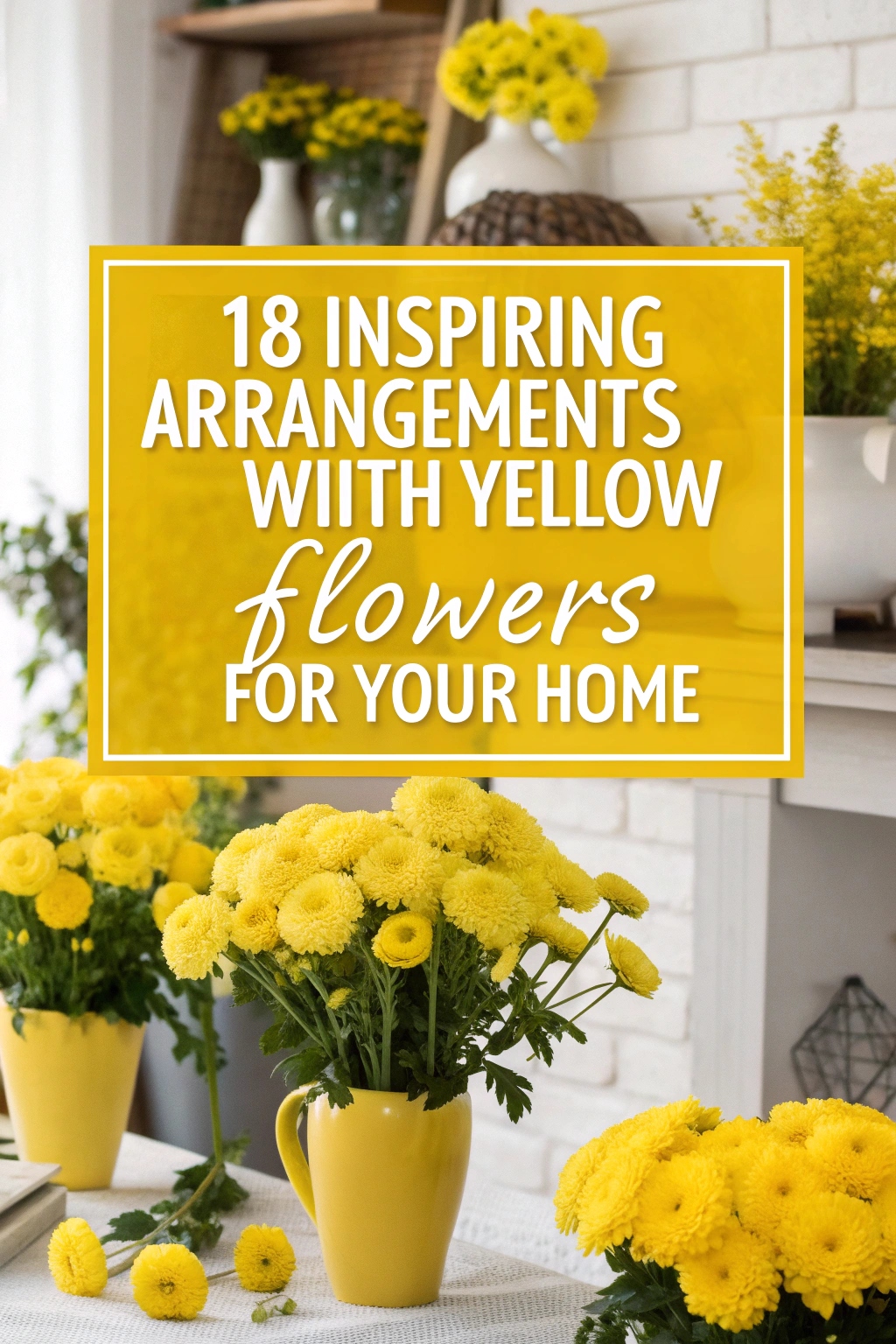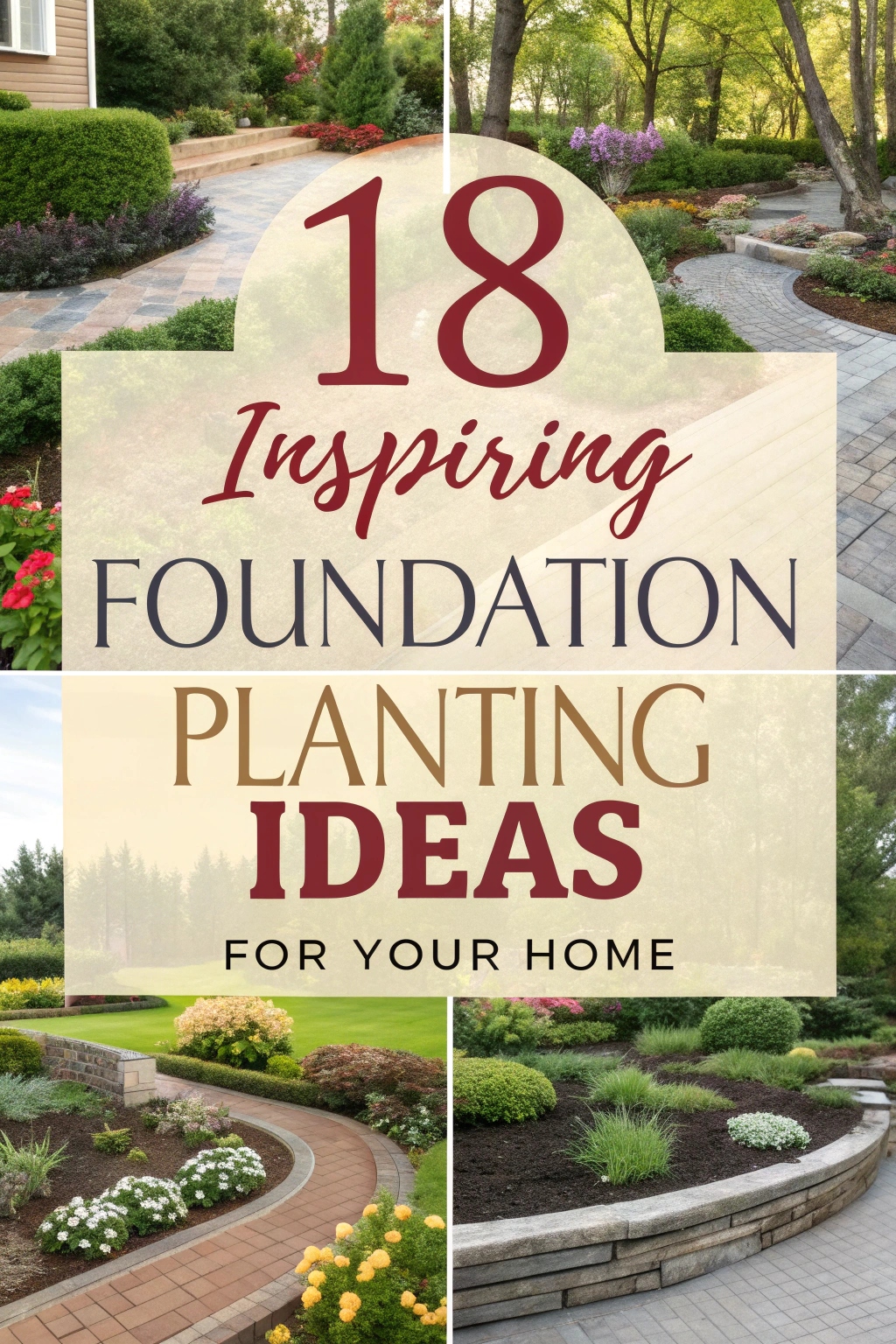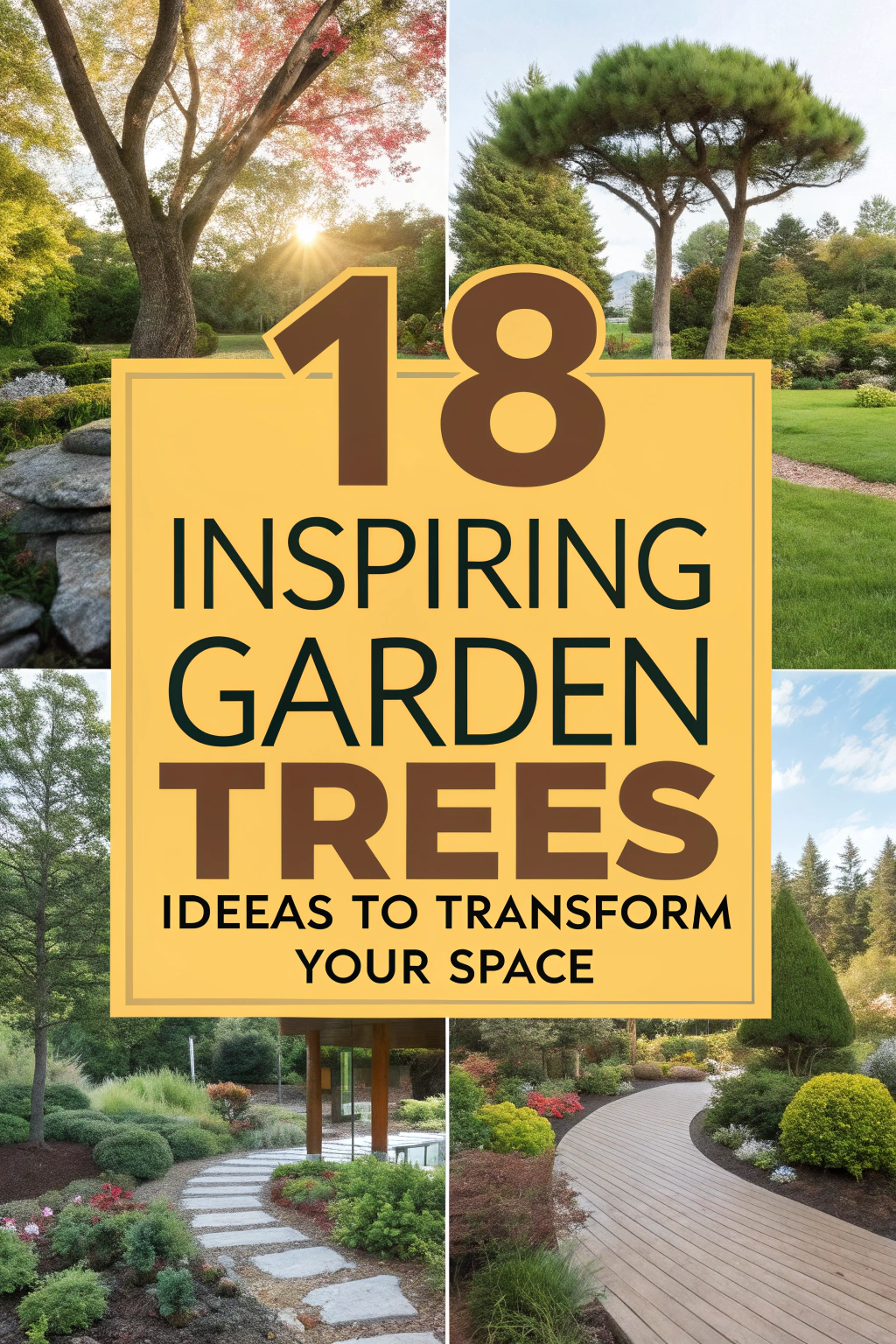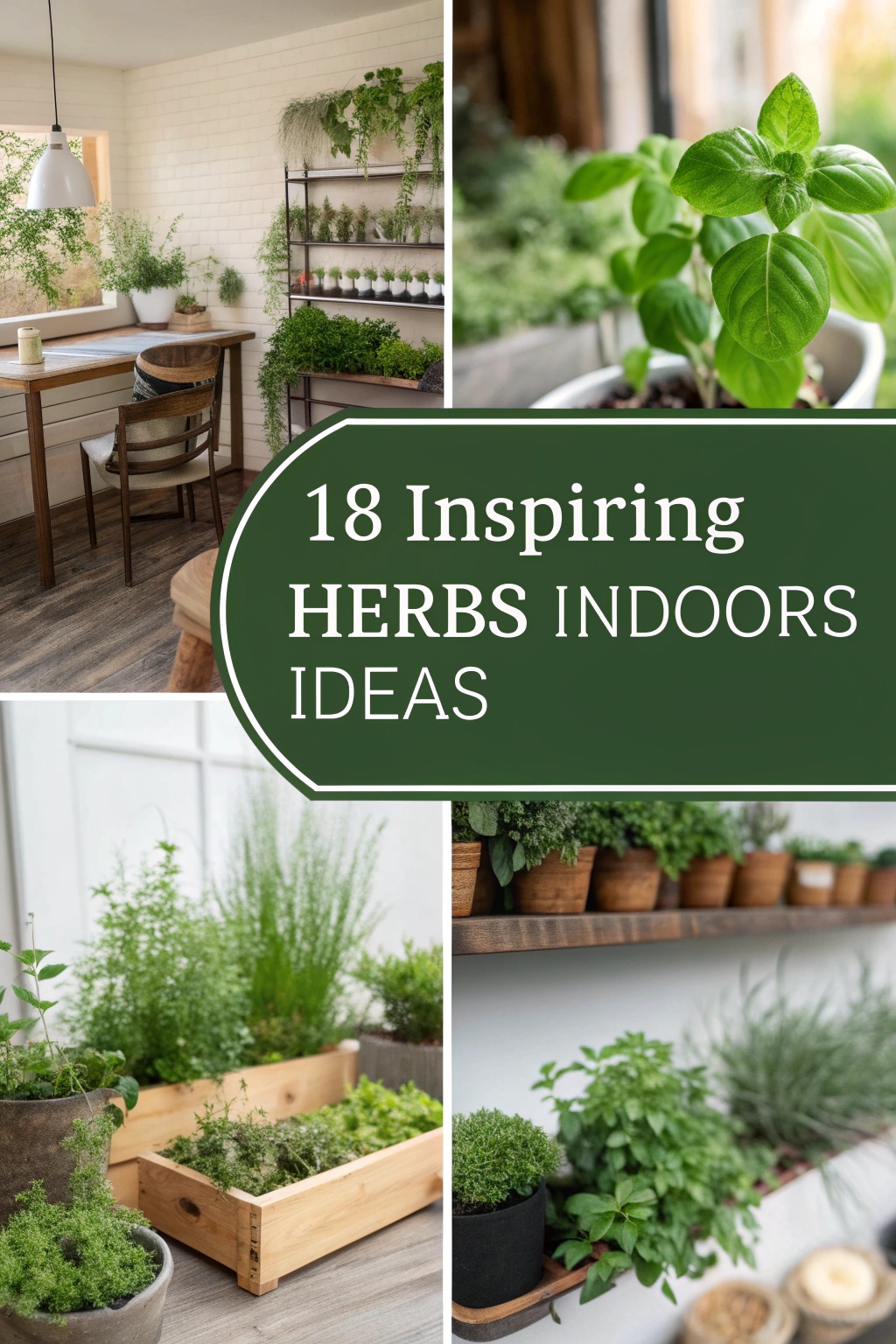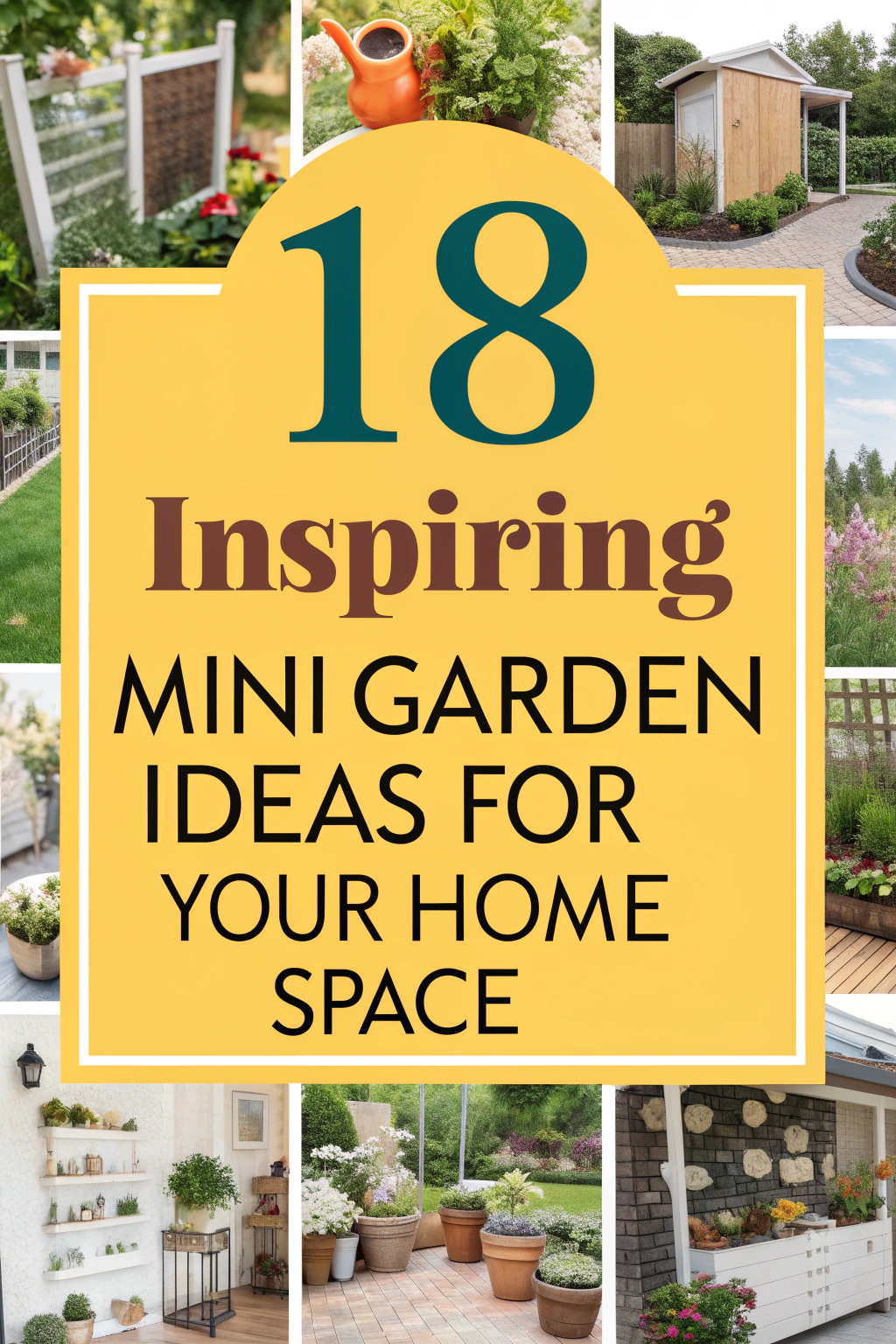17 Natural Garden Ideas to Inspire Your Green Space
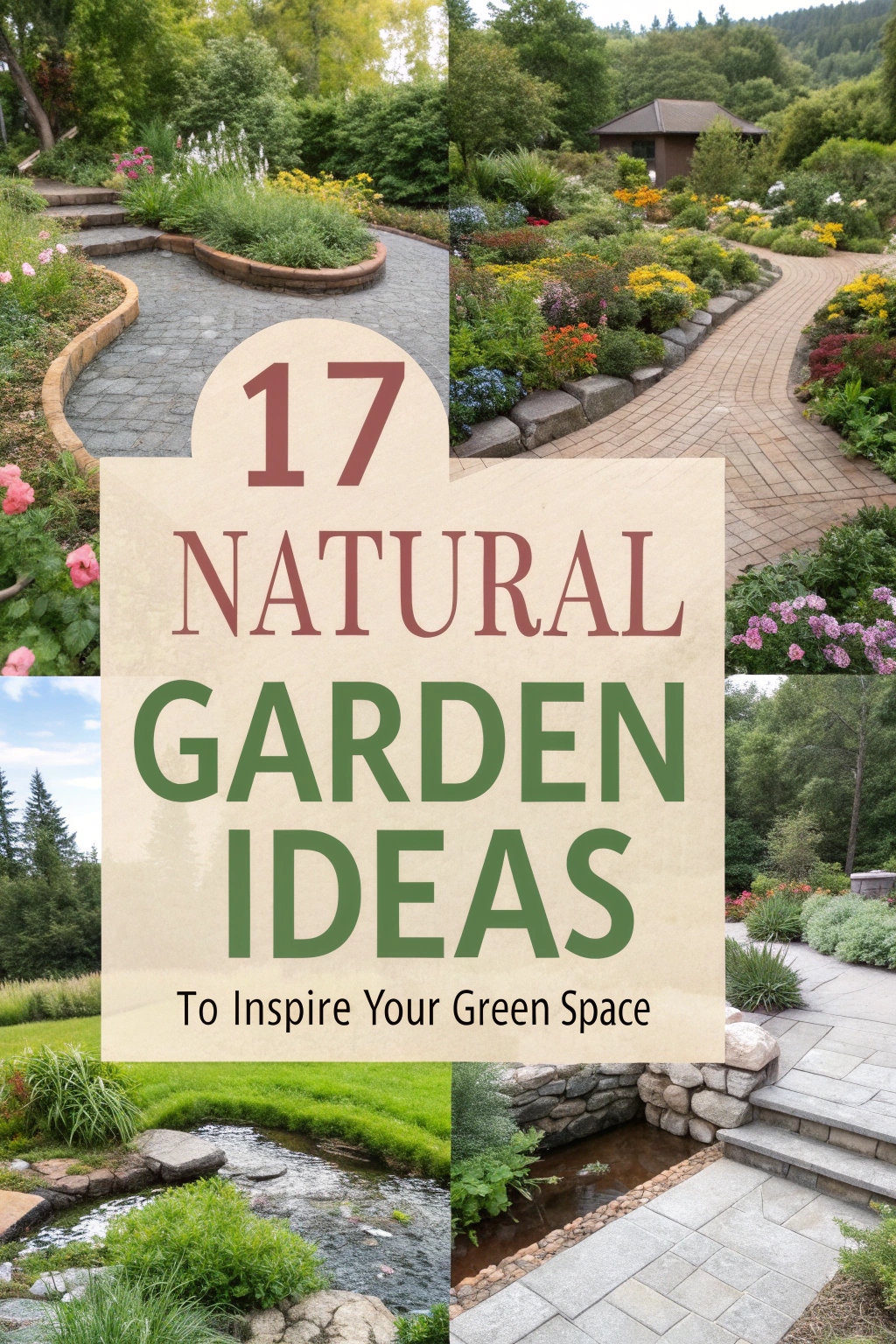
Imagine transforming your outdoor space into a haven of natural beauty and sustainability. You can blend innovative designs with practical touches, like native plants or serene water features, to craft a garden that’s both stunning and eco-friendly. Whether it’s adding vertical charm or cozy nooks, there’s so much potential waiting. Curious about the 17 ideas that can inspire your green space? Let’s explore further together.
Embrace Native Plants for Effortless Beauty
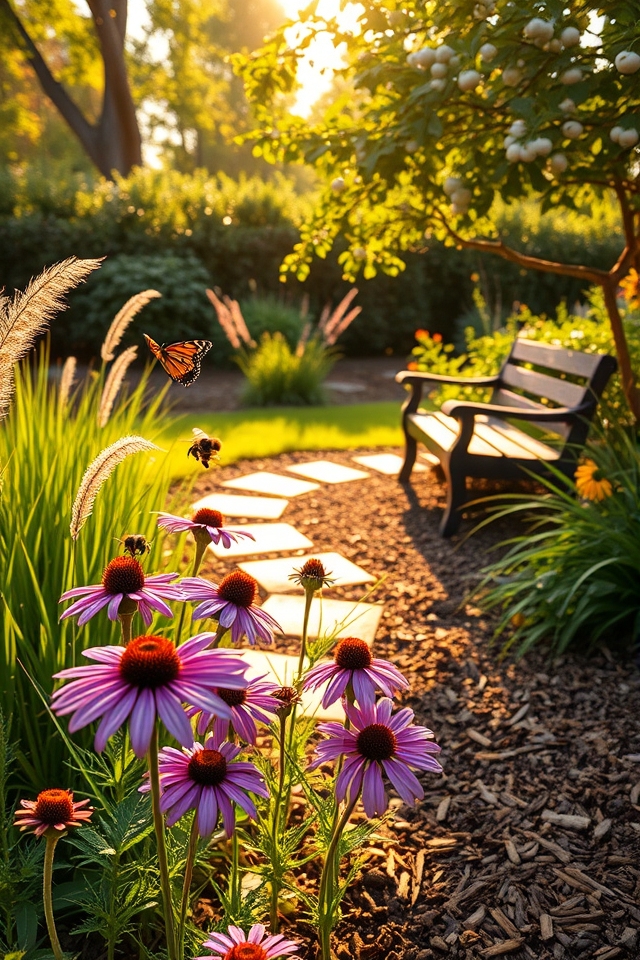
Embracing native plants is a cornerstone of natural gardening, offering effortless beauty with minimal upkeep. These plants are adapted to local climates and soil conditions, thriving without excessive watering or chemical fertilizers. They attract local pollinators like bees and butterflies, supporting biodiversity. By choosing native species, you create a sustainable, low-maintenance garden that blends seamlessly with the surrounding ecosystem, enhancing both aesthetics and environmental health.
Create a Wildflower Meadow for Colorful Charm
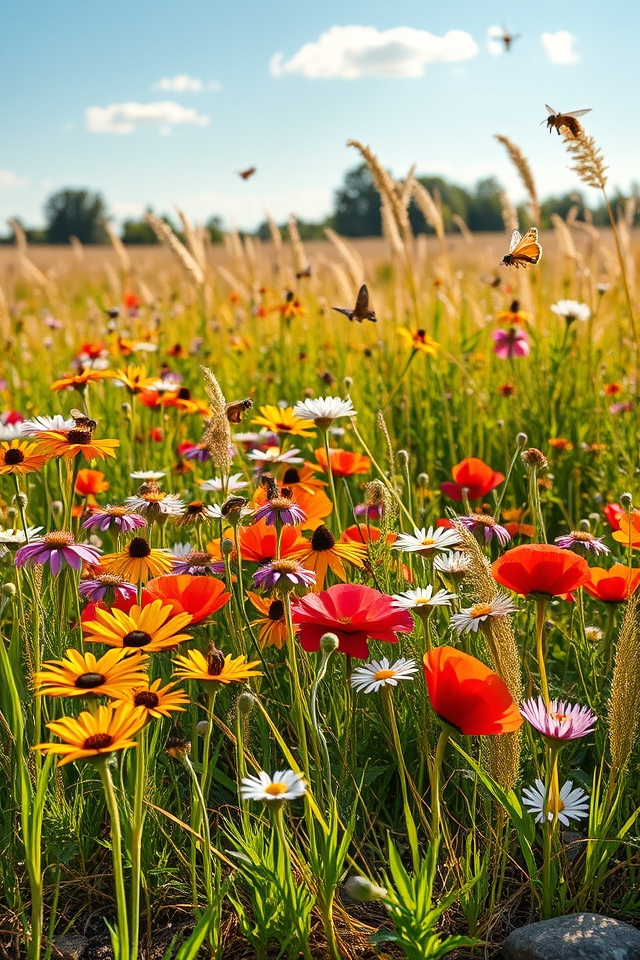
Transform a section of your garden into a vibrant wildflower meadow for a burst of colorful charm. Choose a sunny spot and sow a mix of native wildflower seeds suited to your region. These low-maintenance blooms attract pollinators like bees and butterflies, enhancing biodiversity. Allow the area to grow naturally, mowing only once or twice a year to maintain its wild, untamed beauty. Enjoy a dynamic display of colors and textures throughout the seasons.
Build a Living Green Wall for Vertical Appeal
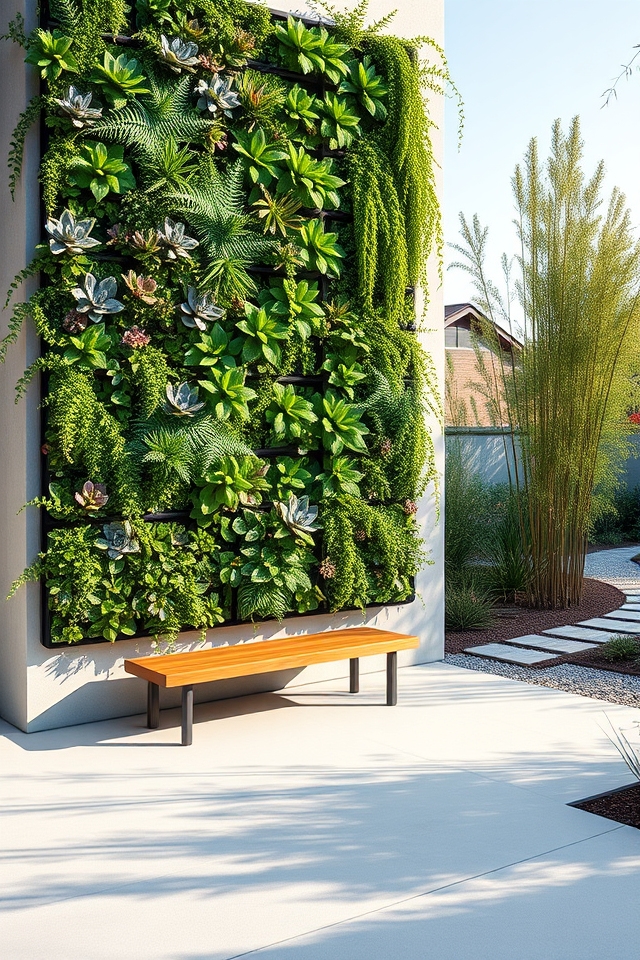
A living green wall is a stunning way to add vertical appeal to your garden. These walls are created by planting a variety of species, such as ferns, succulents, and trailing vines, into a supportive structure mounted on a wall. Not only do they enhance aesthetics, but they also improve air quality and provide insulation. Choose plants suited to your climate and guarantee proper irrigation for a thriving, vibrant display.
Design a Tranquil Water Feature With Natural Elements

Create a serene water feature in your garden by incorporating natural elements like river rocks, native plants, and driftwood. Start with a small pond or a bubbling fountain as the centerpiece, surrounded by smooth stones for a calming effect. Add water-loving plants like ferns or water lilies to blend the feature into the landscape. The gentle sound of trickling water will enhance tranquility, making your garden a peaceful retreat.
Use Reclaimed Wood for Rustic Garden Borders
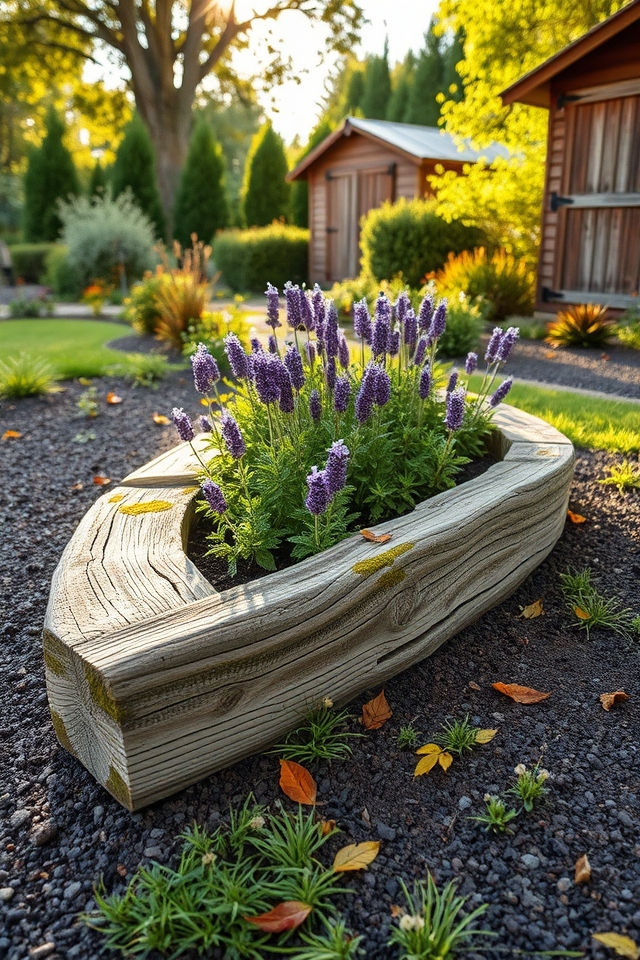
Using reclaimed wood for rustic garden borders adds a charming, natural touch to your outdoor space. Salvaged from old barns, pallets, or furniture, this wood brings character with its weathered texture and unique patina. It’s an eco-friendly choice, repurposing materials that might otherwise go to waste. Simply cut the wood to size, secure it with stakes, and arrange it along garden beds for a timeless, earthy boundary that blends seamlessly with nature.
Craft a Stone Pathway for Organic Flow
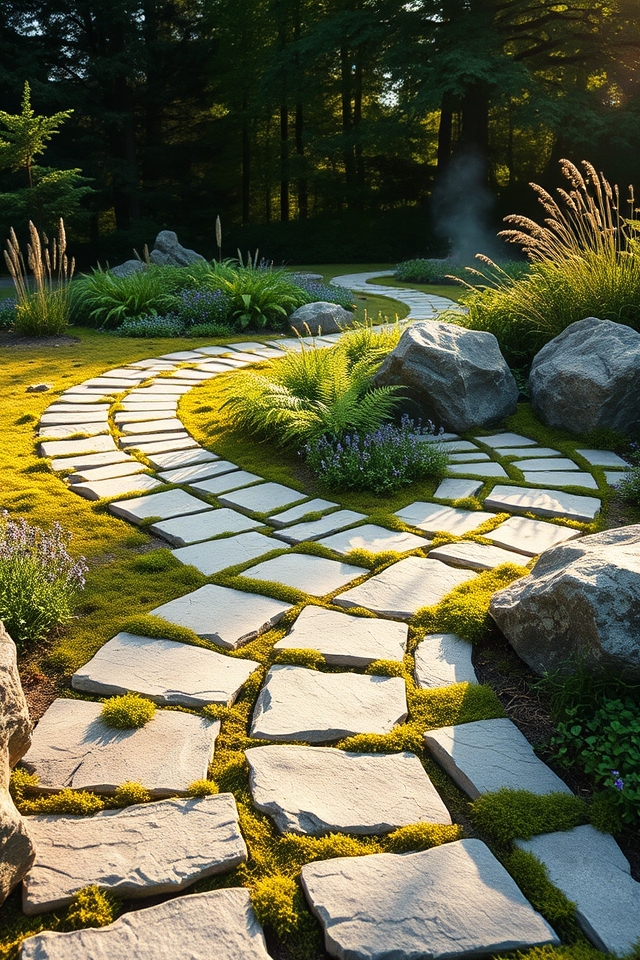
Create a stone pathway to enhance the organic flow of your natural garden. Use irregularly shaped stones or flat flagstones to mimic nature’s randomness, arranging them in a winding pattern that guides visitors through the landscape. Place stones with small gaps for moss or ground cover to grow, blending the path into the surroundings. This design not only adds rustic charm but also guarantees a seamless connection with the garden’s natural elements.
Plant a Pollinator Haven With Bee-Friendly Blooms
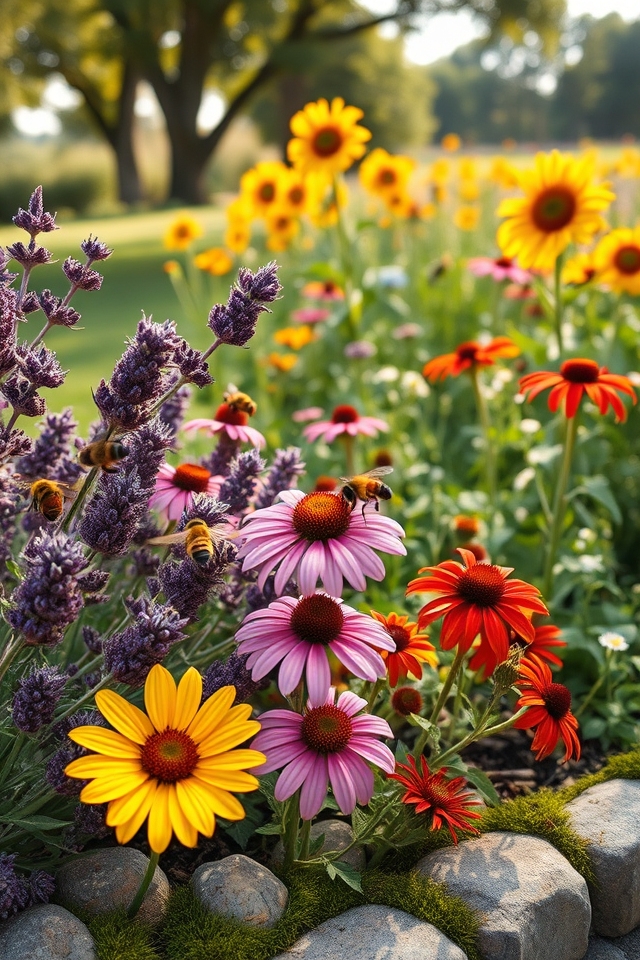
Transform your garden into a pollinator haven by planting bee-friendly blooms. Choose native flowers like lavender, coneflowers, and black-eyed Susans, which provide nectar and pollen for bees. Incorporate a variety of plants that bloom at different times to maintain a steady food supply throughout the seasons. Avoid pesticides to protect these essential pollinators. By creating a welcoming habitat, you’ll support bee populations and enhance the beauty and productivity of your garden.
Incorporate Edible Greens Into Ornamental Beds
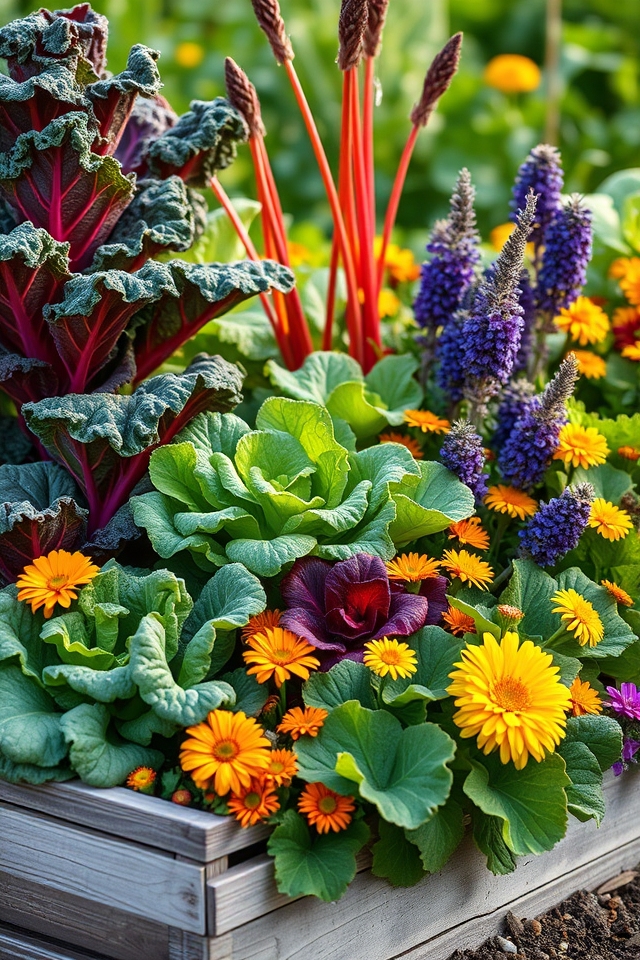
Incorporating edible greens into ornamental beds is a fantastic way to blend beauty with functionality in your garden. Mix leafy greens like kale, chard, and lettuce among vibrant flowers and decorative plants. Their varied textures and colors, such as the deep hues of spinach or the frilly edges of mustard greens, add visual interest while providing fresh, homegrown produce. This approach maximizes space and creates a harmonious, productive garden design.
Set up a Cozy Seating Nook With Natural Materials
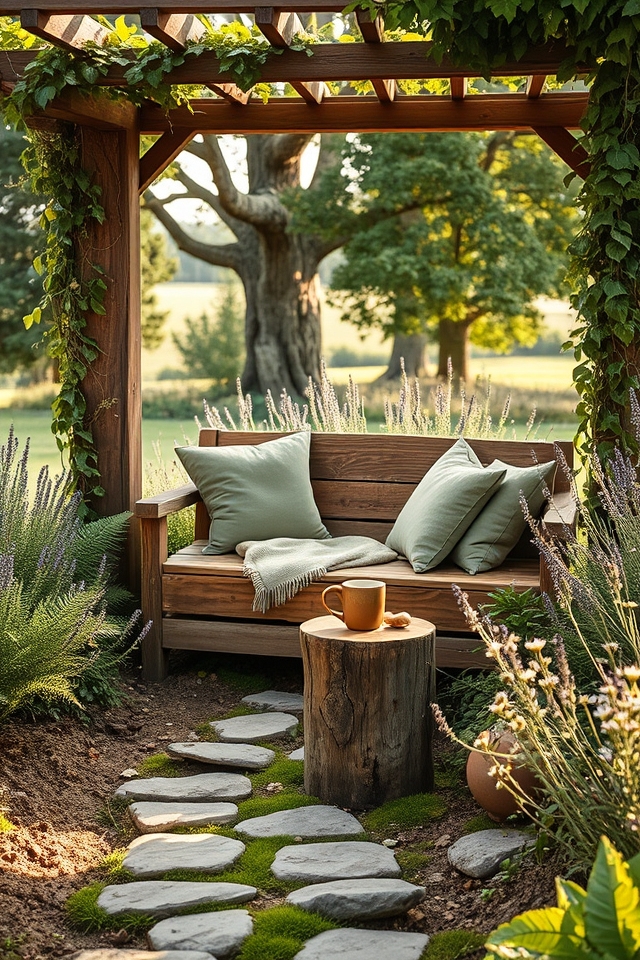
Create a cozy seating nook in your garden using natural materials for a serene escape. Opt for a wooden bench or chairs crafted from reclaimed timber, paired with soft, earthy-toned cushions. Surround the area with lush plants or a trellis of climbing vines for privacy. Add a small stone or gravel path leading to the nook, and incorporate a rustic wooden table for a charming, nature-inspired touch that blends seamlessly with the garden.
Grow a Canopy of Climbing Vines for Shade
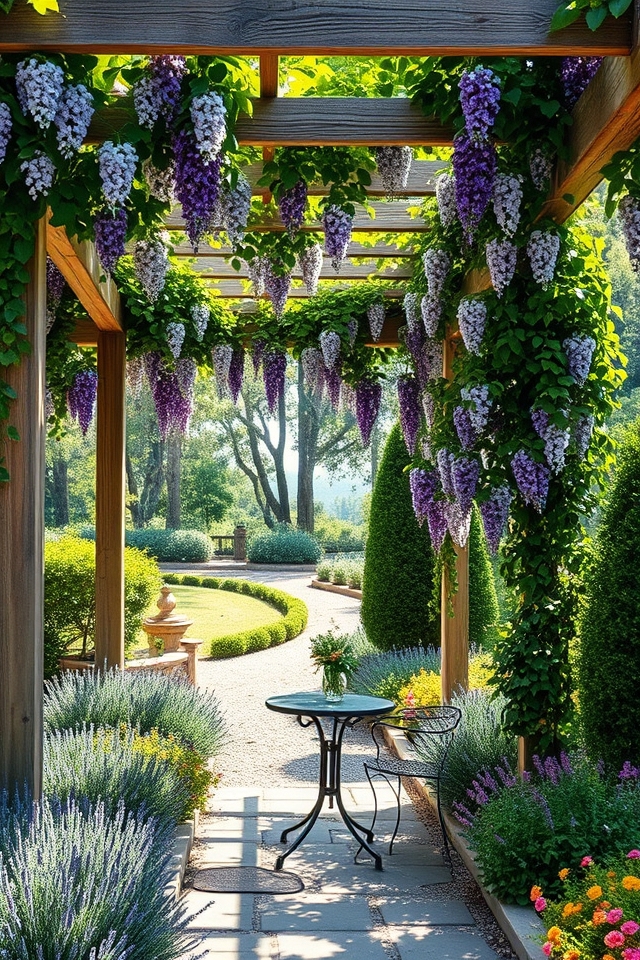
Create a natural oasis by growing a canopy of climbing vines for shade in your garden. Use trellises, arbors, or pergolas as support structures for vines like clematis, wisteria, or grapevines to climb and spread. These plants not only provide cooling shade but also add beauty with their lush foliage and vibrant blooms. Position them over patios or walkways to enhance outdoor spaces while offering a serene, sheltered environment.
Add a Compost Corner for Sustainable Nourishment
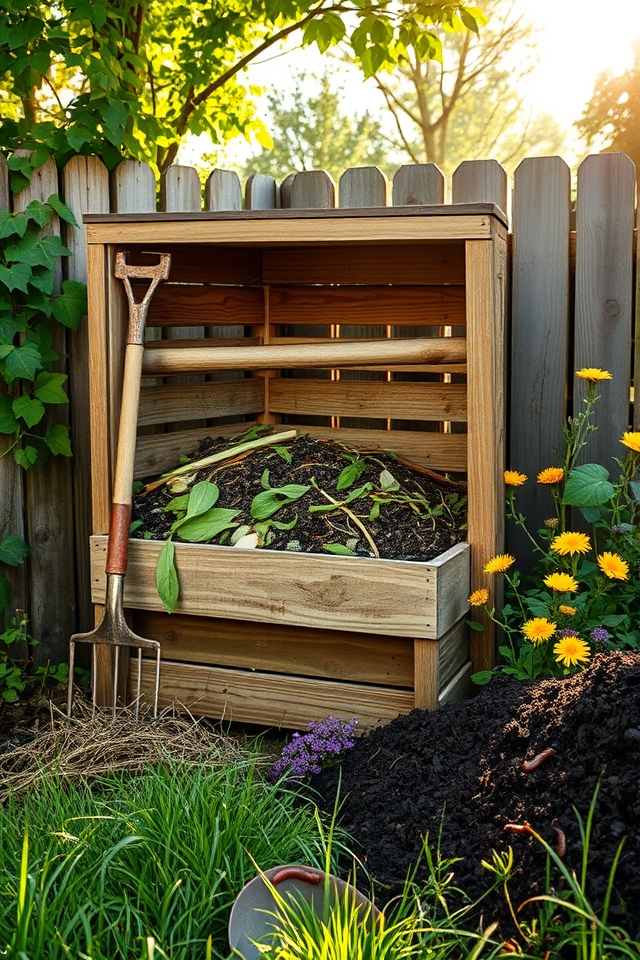
Creating a compost corner in your natural garden is a fantastic way to promote sustainability. Collect kitchen scraps like vegetable peels, coffee grounds, and eggshells, along with yard waste such as grass clippings and leaves. Layer these materials in a designated bin or pile, ensuring a balance of green and brown matter. Turn the compost regularly to speed up decomposition. This nutrient-rich compost will nourish your garden soil, reducing waste and enhancing plant growth naturally.
Design a Rock Garden With Drought-Tolerant Species
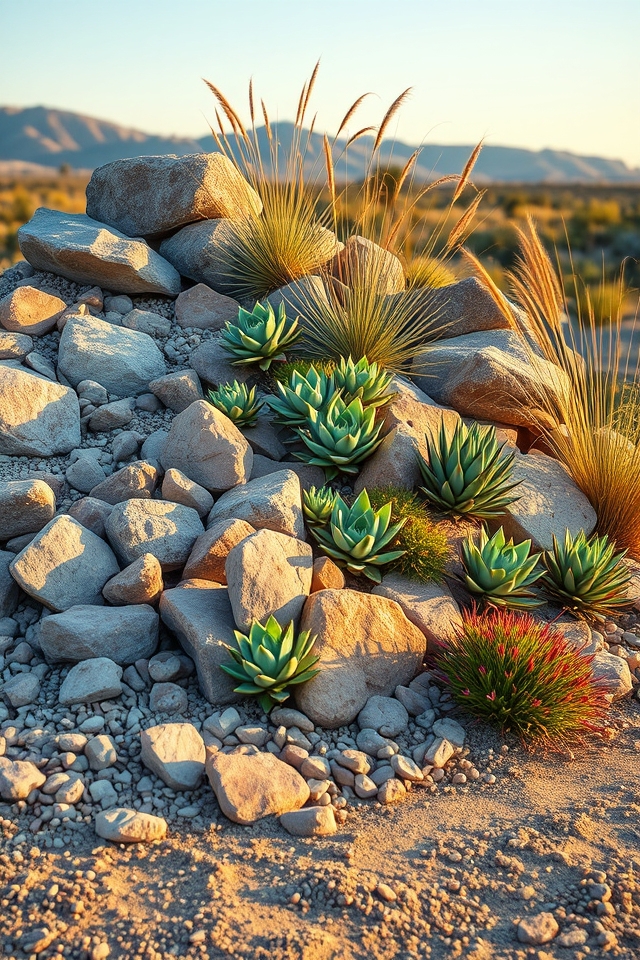
Designing a rock garden with drought-tolerant species is a sustainable and low-maintenance option for natural landscaping. Use native plants like succulents, sedums, and ornamental grasses that thrive in dry conditions. Arrange rocks of varying sizes to create a natural, rugged look, and position plants in well-draining soil to prevent water buildup. This design not only conserves water but also adds texture and visual interest to your garden with minimal upkeep.
Create a Mossy Ground Cover for Soft Texture
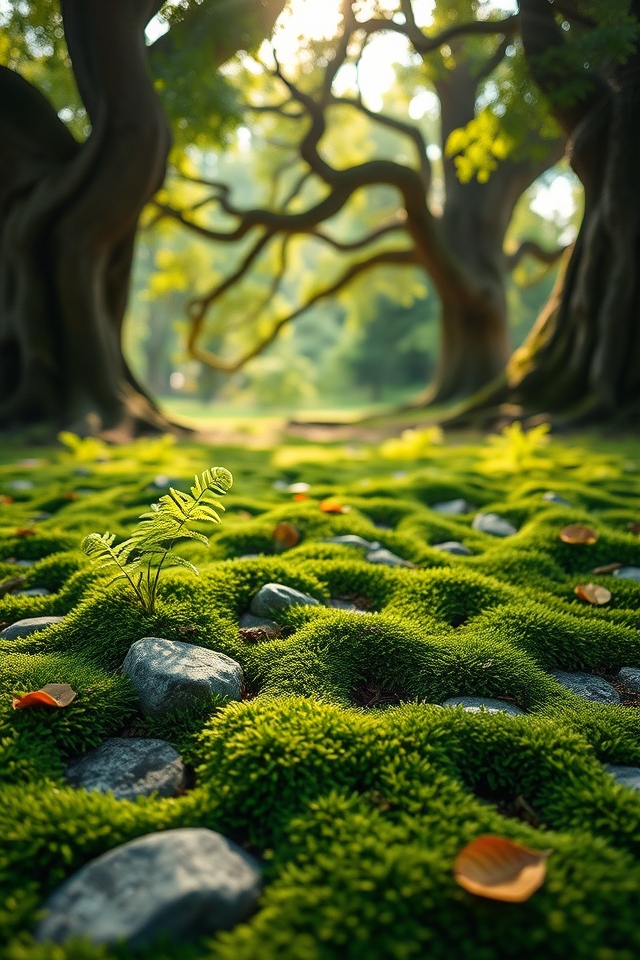
Creating a mossy ground cover adds a soft, lush texture to your natural garden. Moss thrives in shady, moist areas, making it ideal for spots where grass struggles. To establish moss, clear the area of debris, keep the soil damp, and lay moss patches or fragments, pressing them gently into the ground. Over time, moss will spread, forming a velvety carpet that requires minimal maintenance and enhances the garden’s serene, woodland feel.
Build a Bird-Friendly Zone With Feeders and Shrubs

Create a bird-friendly zone in your garden by installing feeders filled with seeds, suet, or nectar to attract a variety of species. Pair these with native shrubs like elderberry, serviceberry, or holly, which provide natural food sources, shelter, and nesting spots. Position feeders near cover but away from predators, ensuring birds feel safe. This setup not only supports local wildlife but also adds vibrant life and color to your natural garden space.
Use Bamboo for Natural Screens and Privacy
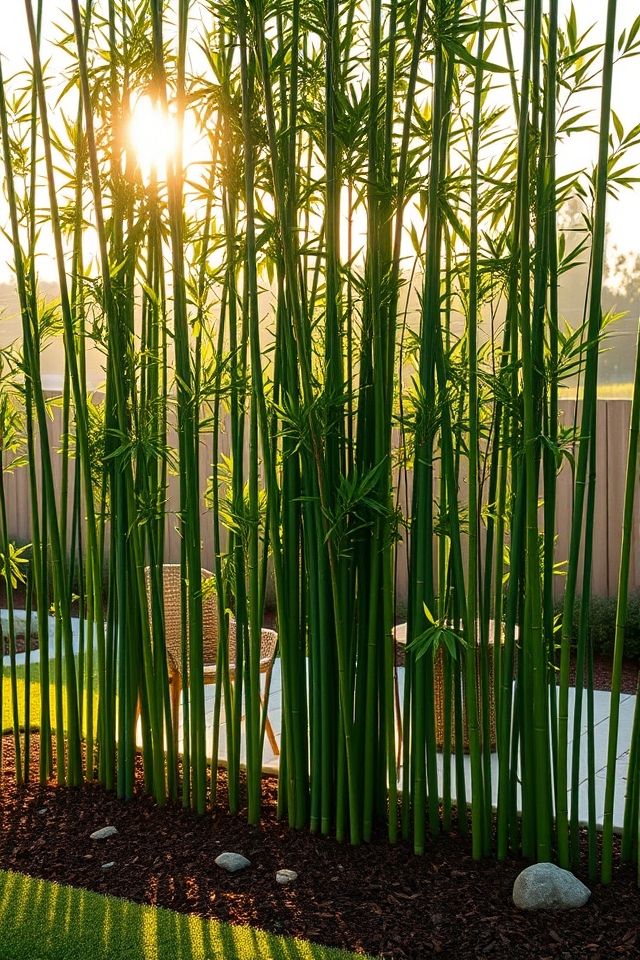
Bamboo is an excellent choice for creating natural screens and privacy in your garden. Its fast growth and dense foliage provide a quick, eco-friendly barrier against prying eyes or unwanted views. Available in various heights and colors, bamboo can be planted in rows or containers to suit your space. Opt for clumping varieties to prevent invasive spreading, and maintain it by trimming to keep the desired shape and height for a neat, natural look.
Plant a Mini Orchard for Seasonal Harvests
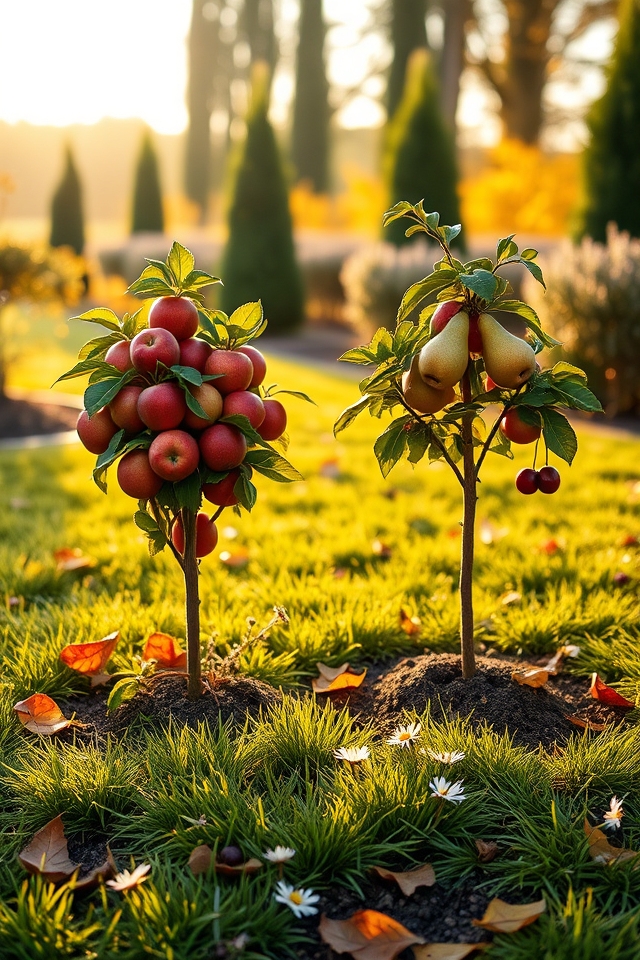
Transform your garden into a fruitful haven by planting a mini orchard. Choose dwarf or semi-dwarf fruit trees like apples, pears, or cherries to save space while ensuring a bountiful harvest. Incorporate seasonal varieties to enjoy fresh produce year-round. Place trees in a sunny spot with well-drained soil, and consider companion planting with herbs or flowers to deter pests naturally. A mini orchard adds beauty and sustainability to your natural garden.
Layer Textures With Ferns and Grasses for Depth

Layering textures with ferns and grasses adds depth and visual interest to a natural garden. Ferns, with their delicate, feathery fronds, create a soft, lush backdrop that contrasts beautifully with the upright, structured forms of ornamental grasses. This combination mimics the diversity of a wild landscape, bringing a sense of movement and life to the space. Plant taller grasses behind shorter ferns to enhance dimension and create a dynamic, layered effect.
